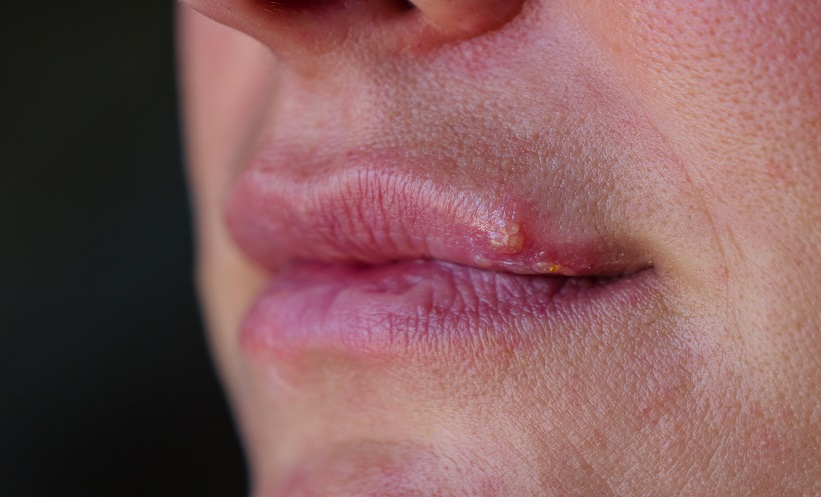HERPES simplex viruses (HSV-1 and HSV-2) establish latent/reactivation patterns, giving rise to recurrent epithelial lesions, cold sores and genital herpes, in patients. These persistent infections have affected over half of the US adult population yet the pathogenic mechanism is not well understood. In a significant development for herpes research, scientists have introduced a novel mouse model to study HSV reactivation and recurrent disease.
HSV-1 and HSV-2 form latent infections in peripheral neurons. Reactivation then causes recurrent epithelial lesions, presenting great burden on patients and healthcare professionals. The lack of understanding may be due to limitations in the animal models available to study recurrent disease. The study authors, Drake T. Philip et al. from Department of Microbiology and Immunology, University of North Carolina at Chapel Hill, investigated a simple and tractable model to induce HSV-1 and HSV-2 reactivation from latency to cause recurrent skin disease.
The researchers infected C57BL/6 mice with HSV-1 or HSV-2 on depilated (manually plucked) skin. After the initial infection, re-plucking the same area of skin at least 35 days later triggered HSV reactivation, leading to visible lesions. The team detected viral DNA and antigens in the affected skin, indicating that the virus was replicating following reactivation. The study showed that fur plucking specifically on the previously infected dermatome triggers recurrence, providing a targeted model to explore HSV latency and reactivation mechanisms.
This innovative approach allows researchers to induce multiple rounds of HSV reactivation in mice, providing a useful tool to investigate not only the underlying biology of HSV infection but also to evaluate new therapies. By enabling more efficient and reproducible study of recurrent herpes, this model promises to advance understanding of the immune response and neurobiology associated with HSV.
This development offers a more efficient system for studying HSV, opening doors for further exploration of potential treatments and interventions for patients affected by the lifelong viral infection.
Reference: Philip DT et al. A fur plucking model to study herpes simplex virus reactivation and recurrent disease. mSphere 0:e00783-23.
Anaya Malik | AMJ








